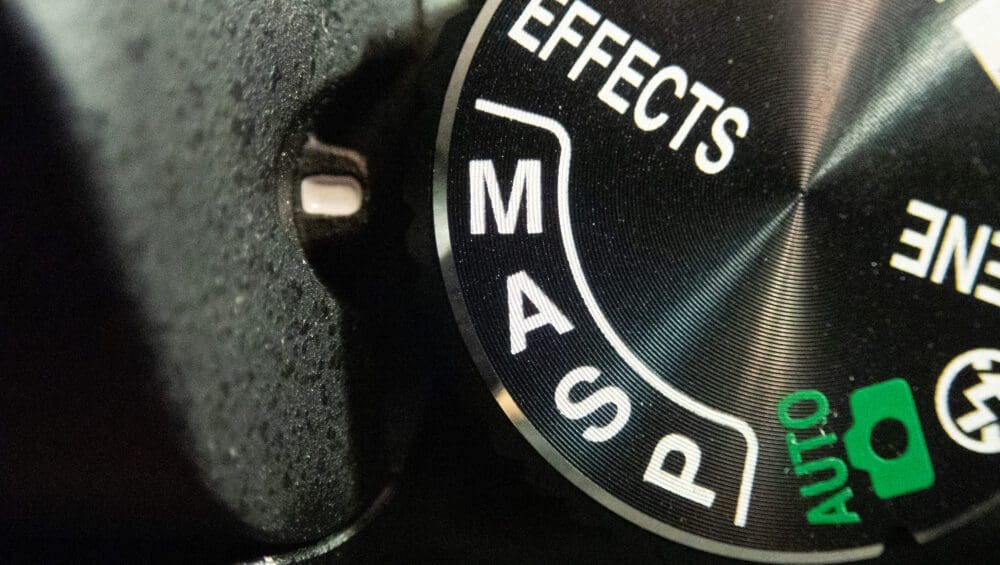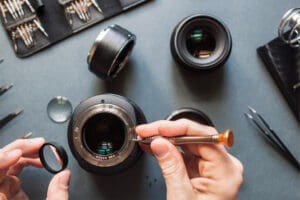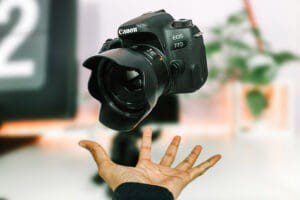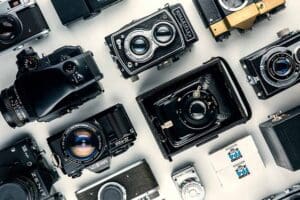
The top 7 reasons to do manual photography
In an era where digital cameras and smartphones offer advanced automatic modes, why should you bother with manual photography? Well, there are numerous benefits to taking control of your camera settings and diving into the world of manual photography. From creative freedom to improved technical skills, manual photography opens up a whole new realm of possibilities. In this blog post, we will explore the top seven reasons why embracing manual mode can enhance your photography journey and help you capture breathtaking images.
Creative Control
One of the most significant advantages of manual photography is the creative control it provides. When shooting in manual mode, you have the power to adjust settings such as aperture, shutter speed, and ISO according to your artistic vision. This control allows you to create unique and personalized images, experiment with different effects, and capture the scene exactly as you envision it. Manual photography empowers you to express your creativity and develop a distinctive style that sets your work apart.
Understanding Exposure
Mastering exposure is crucial for creating well-balanced and visually appealing images. Shooting in manual mode helps you develop a deep understanding of exposure by allowing you to adjust aperture, shutter speed, and ISO individually. You’ll learn how these elements interact with each other to control the amount of light reaching the camera’s sensor. This knowledge gives you the ability to overcome challenging lighting conditions and make informed decisions to achieve the desired exposure. Understanding exposure is a fundamental skill in photography, and manual mode is an excellent tool for honing your expertise in this area.
Handling Tricky Lighting Situations
Manual photography excels in challenging lighting situations. In situations where the light is uneven, such as high-contrast scenes or backlit subjects, manual mode empowers you to make precise adjustments to avoid underexposure or overexposure. By manually controlling the exposure settings, you can balance the highlights and shadows, retain details in both bright and dark areas, and capture the scene accurately. This level of control enables you to tackle difficult lighting conditions and produce well-exposed images with rich tones and textures.
Advancing Technical Skills
Embracing manual photography is a fantastic way to advance your technical skills. By actively setting the camera parameters yourself, you gain a deeper understanding of how your camera works and the impact each setting has on the final image. This hands-on approach fosters a stronger connection between you and your equipment, enabling you to react quickly and make adjustments on the fly. Manual mode challenges you to think critically about exposure, focus, and composition, helping you develop a solid foundation in photography techniques and become a more proficient photographer overall.
Overcoming Automatic Mode Limitations
While automatic modes can be convenient in certain situations, they have their limitations. Automatic settings may not always produce the desired results, especially when dealing with complex scenes or specific creative intentions. Manual mode allows you to transcend these limitations and take full control. You can intentionally underexpose or overexpose images for artistic effect, freeze or blur motion as per your vision, and achieve a shallow or deep depth of field to highlight specific subjects. Manual photography liberates you from the constraints of automatic settings, giving you the freedom to capture images exactly as you envision them.
Better Understanding of Your Gear
Using manual mode encourages a deeper understanding of your camera and lenses. By manually adjusting settings, you become intimately familiar with how your equipment responds to different lighting conditions and shooting scenarios. You’ll discover the optimal aperture settings for sharpness and depth of field, the sweet spot for reducing lens aberrations, and the ideal shutter speed for freezing or blurring motion. This knowledge helps you make informed decisions and utilize your gear’s full potential to capture high-quality images consistently.
Preparedness for Unpredictable Situations
Photography often presents unpredictable situations, such as sudden changes in lighting or fleeting moments. When you’re proficient in manual photography, you’re prepared to adapt quickly. By having a solid understanding of camera settings and the technical aspects of photography, you can confidently adjust your exposure and focus on the fly. This ability to react swiftly and make precise adjustments ensures you won’t miss crucial shots and allows you to capture the decisive moment with accuracy and creativity.
Manual photography offers numerous advantages that go beyond the convenience of automatic settings. By embracing manual mode, you gain creative control, develop a deeper understanding of exposure and lighting, enhance your technical skills, overcome limitations, and become intimately familiar with your gear. Manual photography prepares you for unpredictable situations and empowers you to capture images that are truly reflective of your vision and style. So, don’t hesitate to switch to manual mode and embark on an exciting journey of exploration, experimentation, and growth as a photographer.











